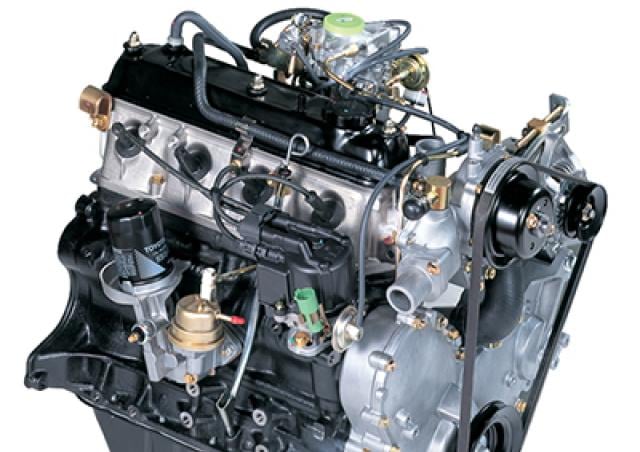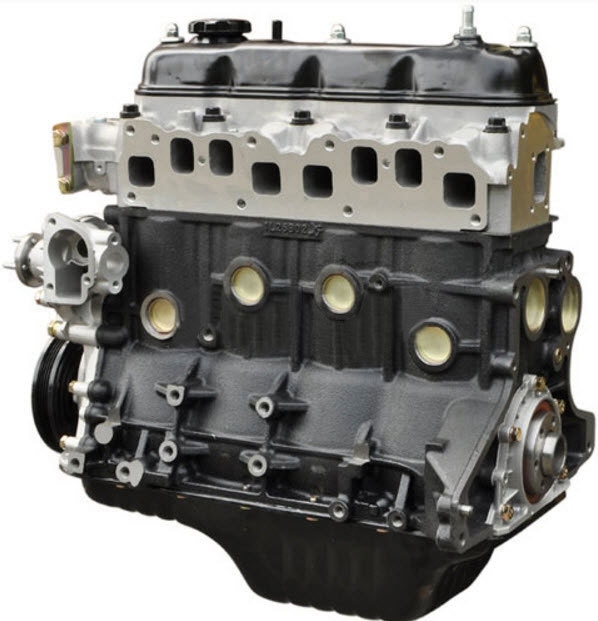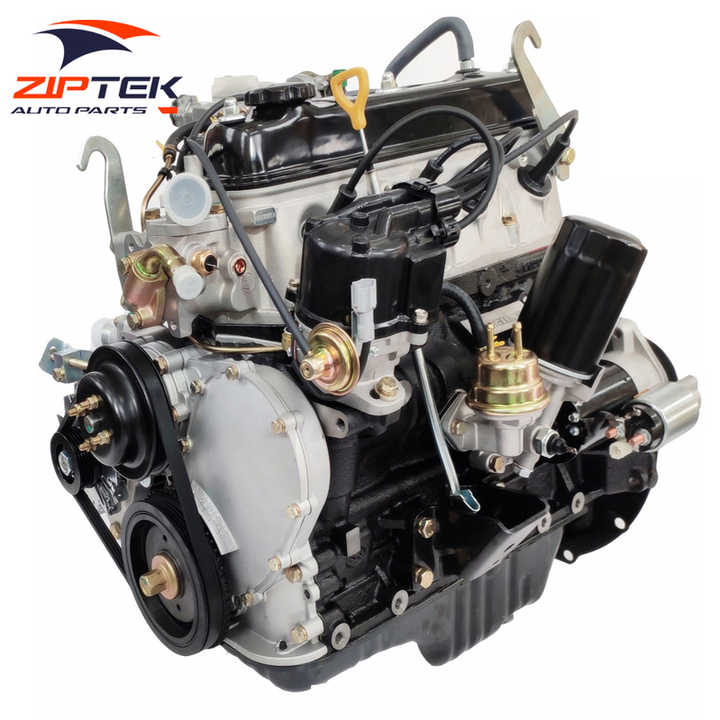Understanding the Mechanics Behind the 4Y Engine’s Power and Durability
Understanding the Mechanics Behind the 4Y Engine’s Power and Durability
Blog Article
Exploring the Different Sorts Of Engine: Which One Fits Your Requirements?
Inner burning engines continue to control due to their dependability, while electric engines are gaining traction for their sustainability. Hybrid engines offer a functional concession, and diesel engines stand out for their power in demanding applications.

Interior Combustion Engines
Internal burning engines (ICEs) are the backbone of modern transport, powering a large range of automobiles from cars and trucks to planes. These engines operate the concept of converting gas right into power via a series of regulated explosions within a burning chamber. The most common sorts of ICEs include fuel engines, diesel engines, and rotating engines, each developed to fulfill particular performance and effectiveness needs.
Gas engines generally make use of spark ignition, while diesel engines count on compression ignition, leading to distinctive distinctions in gas performance and power outcome (4y engine). Rotary engines, or Wankel engines, supply a portable design and smooth procedure, however are less commonly made use of in mainstream applications
ICEs have actually undertaken substantial innovations in modern technology, consisting of the intro of turbocharging and gas shot systems, which boost general effectiveness and efficiency. Despite their efficiency improvements, ICEs face increasing scrutiny due to their environmental influence, particularly relating to greenhouse gas discharges.
Electric Engines
As issues regarding environmental sustainability and nonrenewable fuel source dependency expand, electric engines have become a compelling choice to inner burning engines. These engines use electrical motors powered by batteries or gas cells, providing a cleaner and more reliable means of propulsion.
Among the key advantages of electrical engines is their lowered emissions. Unlike traditional engines that melt fossil fuels, electric engines generate no tailpipe emissions, considerably lowering air contamination and adding to boosted public health and wellness. Additionally, the performance of electrical motors typically surpasses that of inner burning engines, converting a greater percentage of energy from the source of power into usable energy for activity.
Electric engines are likewise noteworthy for their silent operation, making them ideal for city settings. 4y engine. The simplicity of their design causes fewer moving parts, which can bring about decreased maintenance costs and raised reliability with time
Nonetheless, difficulties stay, including battery manufacturing effects, billing facilities, and array limitations. In spite of these obstacles, the expanding investment in electrical vehicle innovation and renewable resource resources points toward an encouraging future for electric engines, positioned to play a vital duty in the transition towards sustainable transport.
Crossbreed Engines
Mixing the advantages of both typical and electric interior burning engines, hybrid engines stand for a versatile service in the mission for efficient and lasting transport. These engines incorporate a gasoline or diesel engine with an electric motor, permitting boosted gas performance and reduced discharges compared to traditional automobiles.
Crossbreed engines operate in a number of modes, using the electrical motor for low-speed driving and the interior burning engine for greater rates or when more power her explanation is needed. This dynamic operation not only enhances fuel economy however also adds to a smoother driving experience. Regenerative stopping is another critical feature, capturing energy usually shed throughout stopping and redirecting it to recharge the battery.

As consumers progressively prioritize eco-friendliness, crossbreed engines stick out as a functional option, offering an effective equilibrium of efficiency, performance, and environmental duty. This versatility makes them suitable for city commuting and long-distance traveling alike.
Diesel Engines
Efficiency and power are trademarks of diesel engines, which have actually long been favored for try these out their effectiveness and gas economic situation. These engines operate the principle of compression ignition, where air is pressed to a heat prior to fuel is injected, igniting it without the demand for spark plugs. This procedure enables diesel motor to achieve greater thermal performance compared to gas engines, converting into far better fuel gas mileage and reduced co2 discharges.
Diesel engines are particularly fit for heavy-duty applications such as trucks, buses, and commercial equipment, where torque and sturdiness are extremely important. Their style commonly consists of more powerful parts to withstand the higher pressures produced throughout procedure, causing longer service life and decreased maintenance prices.

Different Gas Engines
While diesel motor have long dominated the landscape of sturdy power resources, alternative gas engines are obtaining traction as sensible alternatives for a much more lasting future. These engines make use of a range of fuels, such as pressed gas (CNG), hydrogen, ethanol, and gas, intending to decrease greenhouse gas exhausts and reliance on fossil fuels.
One substantial advantage of different fuel engines is their potential to reduced carbon footprints. As an example, CNG engines release fewer toxins compared to typical diesel home engines, making them ideal for city transportation systems and fleets looking for to enhance air high quality. Ethanol, originated from biomass, not just minimizes emissions but additionally supports farming economies.
Hydrogen gas cells stand for a sophisticated growth in this world, offering zero-emission power with a chemical response between hydrogen and oxygen. Nonetheless, challenges such as facilities advancement and manufacturing expenses remain challenges to extensive adoption - 4y engine.
Final Thought
To conclude, selecting the suitable engine kind demands cautious factor to consider of details needs and preferences. Internal combustion engines use integrity, while electric engines prioritize sustainability and minimized upkeep. Crossbreed engines incorporate the benefits of both, boosting efficiency, whereas diesel engines supply premium power and torque for heavy-duty applications. Different gas engines existing environmentally friendly choices, albeit with prospective facilities difficulties. Eventually, a thorough analysis of driving behaviors and ecological worths will certainly assist in a notified decision concerning engine choice.
Crossbreed engines use a flexible compromise, and diesel engines stand out for their power in demanding applications. The most common kinds of ICEs consist of gasoline engines, diesel engines, and rotary engines, each made to fulfill certain performance and performance demands.
Unlike conventional engines that burn fossil gas, electric engines produce absolutely no tailpipe discharges, substantially lowering air pollution and contributing to improved public wellness.Hybrid engines run in a number of modes, making use of the electric motor for low-speed driving and the interior combustion engine for greater speeds or when even more power is required. Crossbreed engines integrate the advantages of both, boosting efficiency, whereas diesel engines offer premium power and torque for durable applications.
Report this page